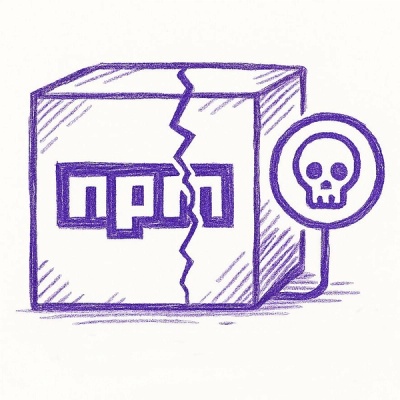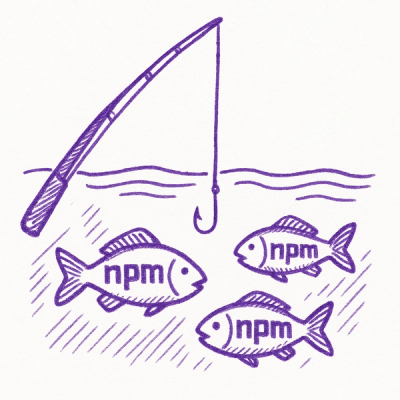
Security News
Active Supply Chain Attack: npm Phishing Campaign Leads to Prettier Tooling Packages Compromise
Popular npm packages like eslint-config-prettier were compromised after a phishing attack stole a maintainer’s token, spreading malicious updates.





